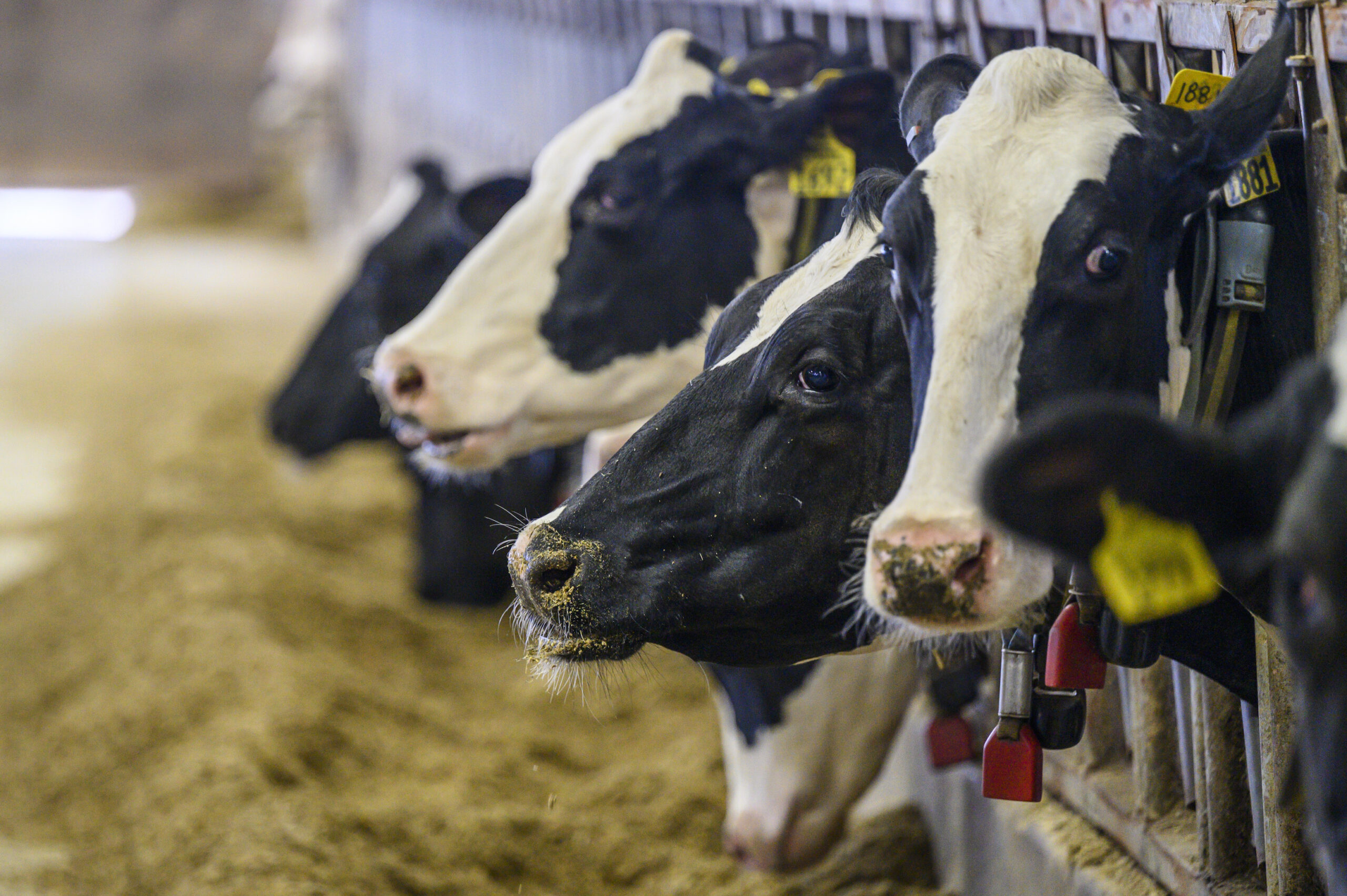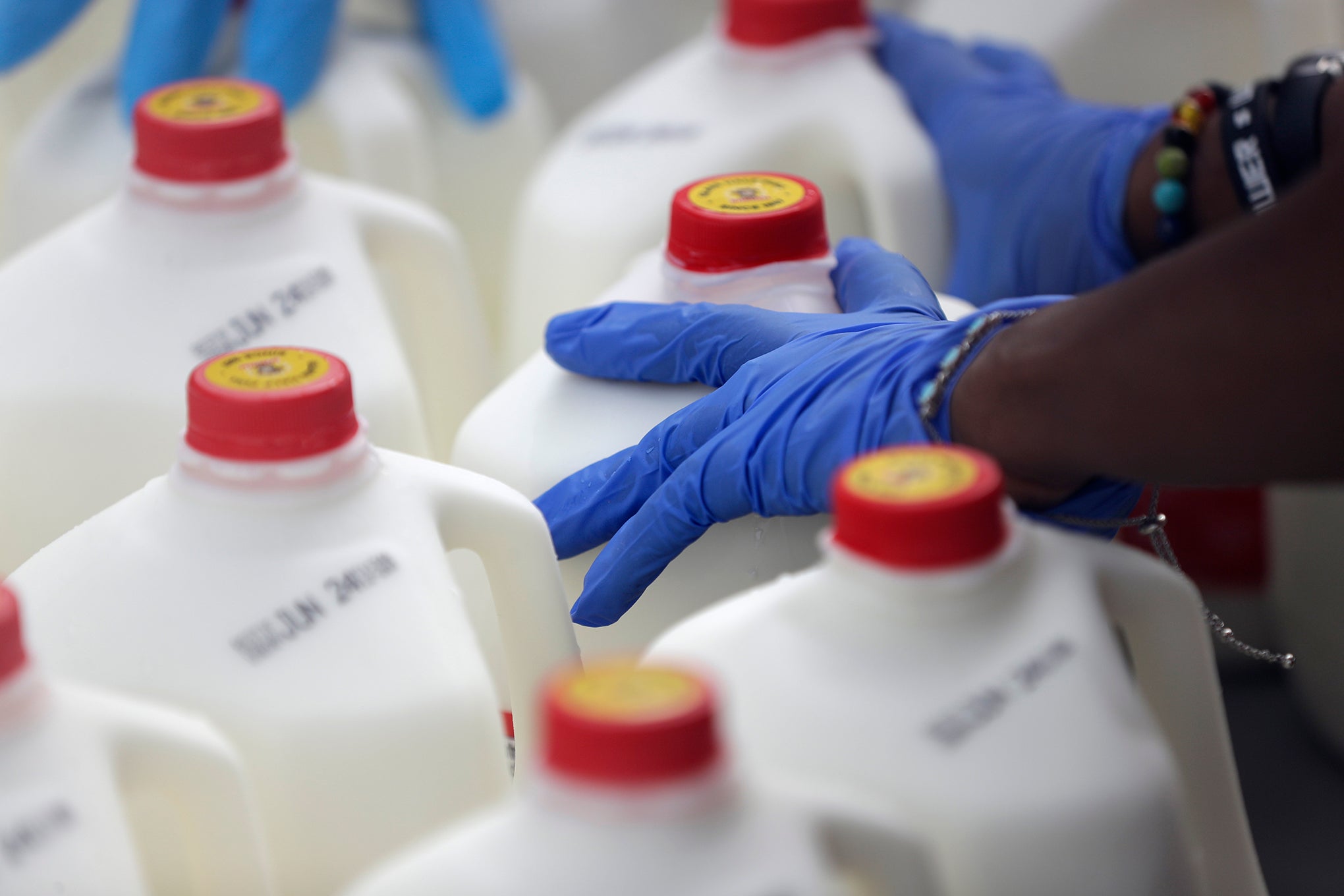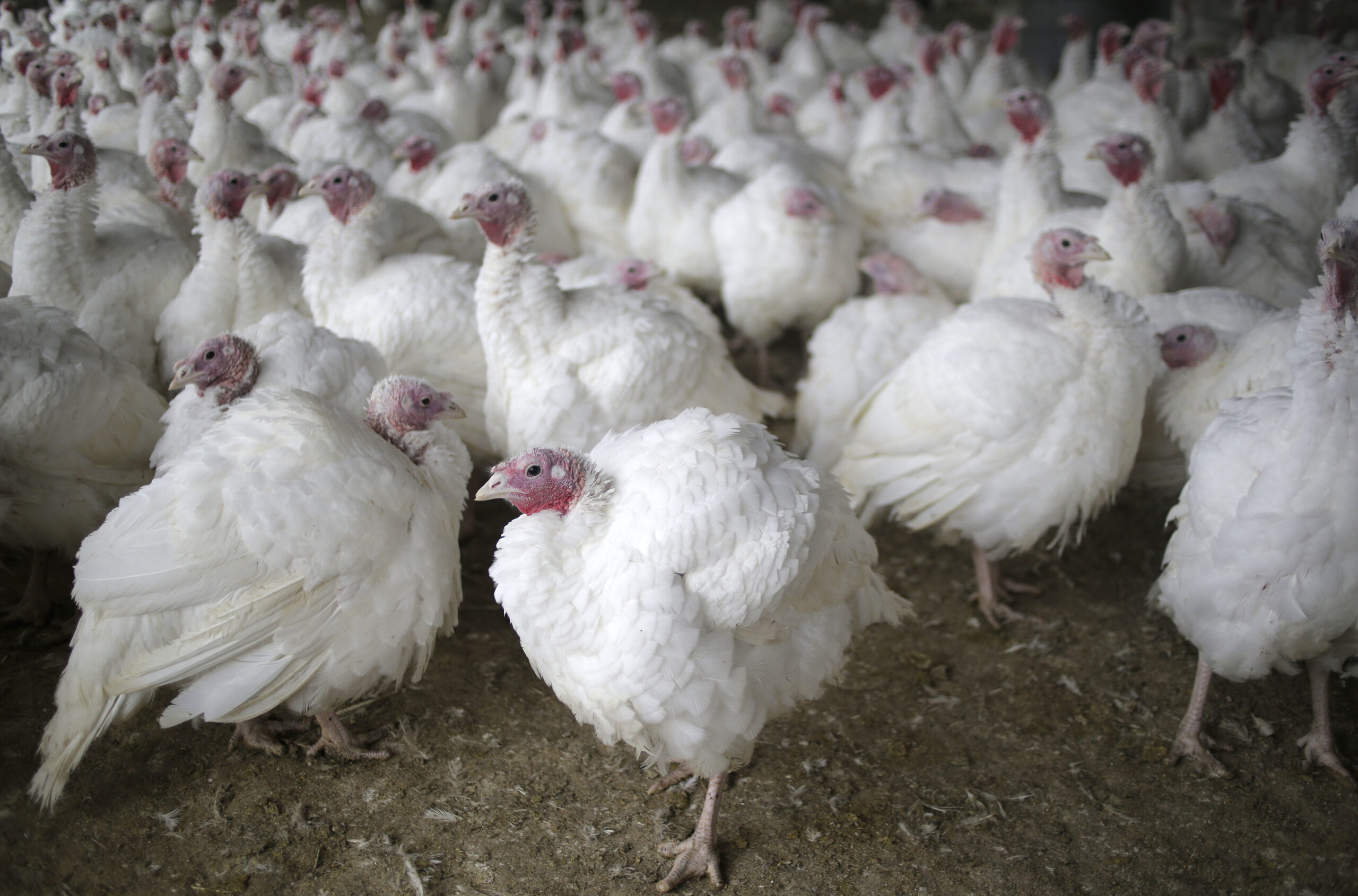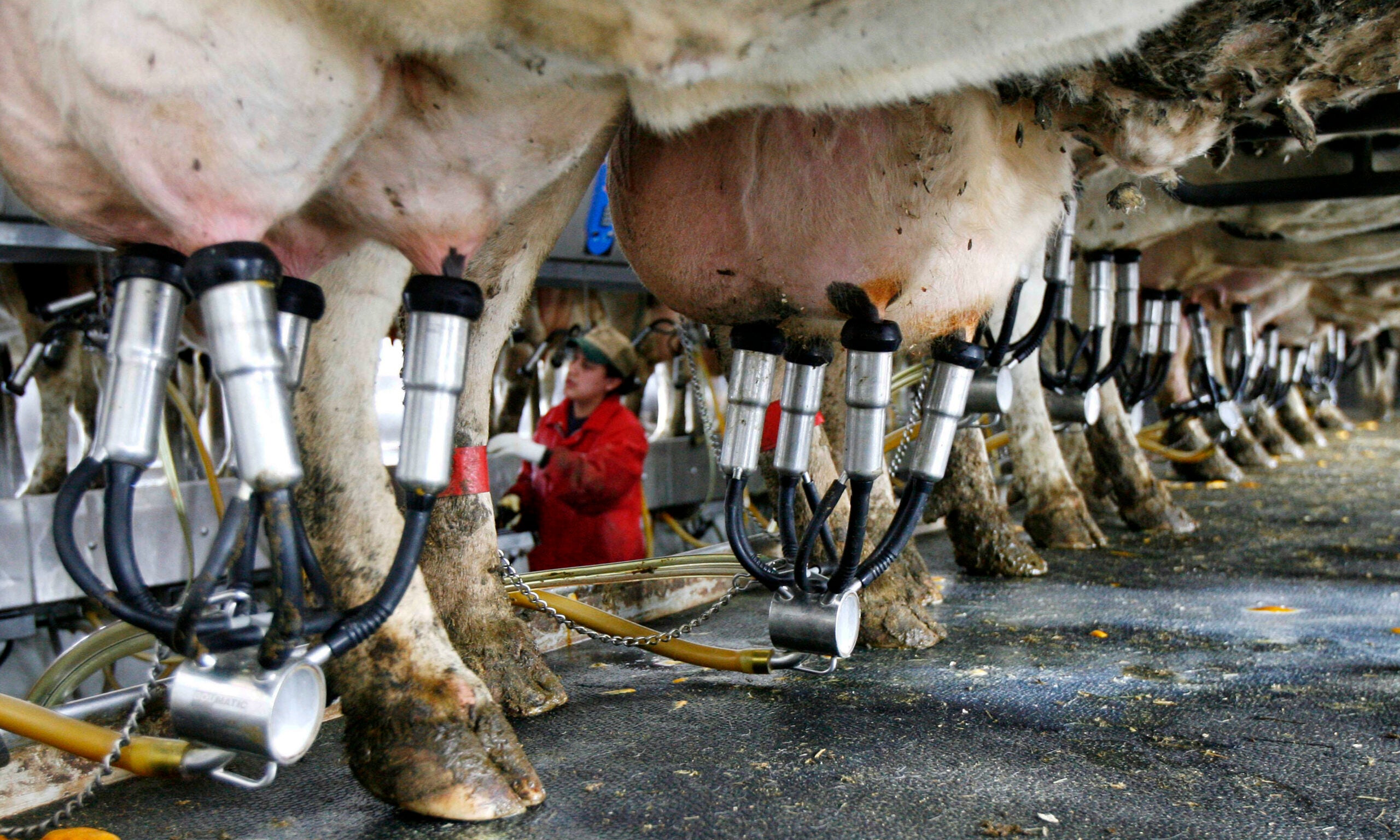Wisconsin has seen a significant decline in the number of dairy farms in the state, losing nearly half of the state’s dairy farms in the last 10 years.
But a new state survey found the majority of dairy producers said they still plan to be milking in five years.
The state Department of Agriculture, Trade and Consumer Protection had just over 1,600 farmers respond to the 2024 Dairy Producers Survey, representing about 30 percent of registered dairy herds in the state.
Stay informed on the latest news
Sign up for WPR’s email newsletter.
Eighty-one percent of survey respondents said their operation will still be dairy farming in five years. While the largest farms had the highest confidence, the majority of farms in every size category said they planned to keep milking.
Chuck Nicholson, ag economist and professor at the University of Wisconsin-Madison, said the strong survey response could signal a change for the industry, even if the state is likely to continue seeing farms exit the dairy industry.
“It’s sort of a positive development that the rate of farms leaving the industry would slow down a bit,” he said.
The same survey in 2020, completed right before the COVID-19 pandemic, had a similar response, with 83 percent of farms saying they planned to still be milking. State data shows around 78 percent of farms operating in 2020 are still around today, which Nicholson said makes the survey a fairly good estimate.
Farmers worry about milk demand, impact of regulations
DATCP also surveyed producers about what they believe are the biggest challenges for their farm and the dairy industry as a whole. More than half of respondents said balancing the supply and demand of milk is a top concern for the state’s dairy industry in the next five years.
“This is a major mindset shift on the part of dairy producers and dairy cooperatives,” Nicholson said. “For much of my career, pretty much the job of the cooperative was to say, ‘You make as much milk as you want, and we’ll figure out the most effective way to market or to process it.’”
Nicholson said cooperatives have changed their approach in recent years, creating disincentives for farms to expand production when there is a surplus of milk.
At least half of farms also said regulations were a top concern for the industry and their individual farms.
Krista Knigge, administrator of DATCP’s Division of Agricultural Development, said the response is similar to what the agency has heard in the past. She said the survey also echoed farms’ struggles with updating aging facilities, finding labor and managing day-to-day expenses.
“These are challenges that dairy farmers have expressed concern to us before, and something that I think not only the state, but stakeholders including university and other government agencies need to be mindful of as we provide the resources that farmers need,” she said.
Knigge highlighted that the majority of responding dairy farms continue to be family owned and operated in the state. Forty-six percent of respondents said one family was operating their dairy farm, while 45 percent said they had two or more generations of their family employed.
Nicholson said the survey also shows family ties are still prominent for farms that operate as a corporation or other business structure.
“That’s a pretty strong indication that it’s a very important part of how we define ourselves in the dairy industry,” he said.
Wisconsin Public Radio, © Copyright 2025, Board of Regents of the University of Wisconsin System and Wisconsin Educational Communications Board.





